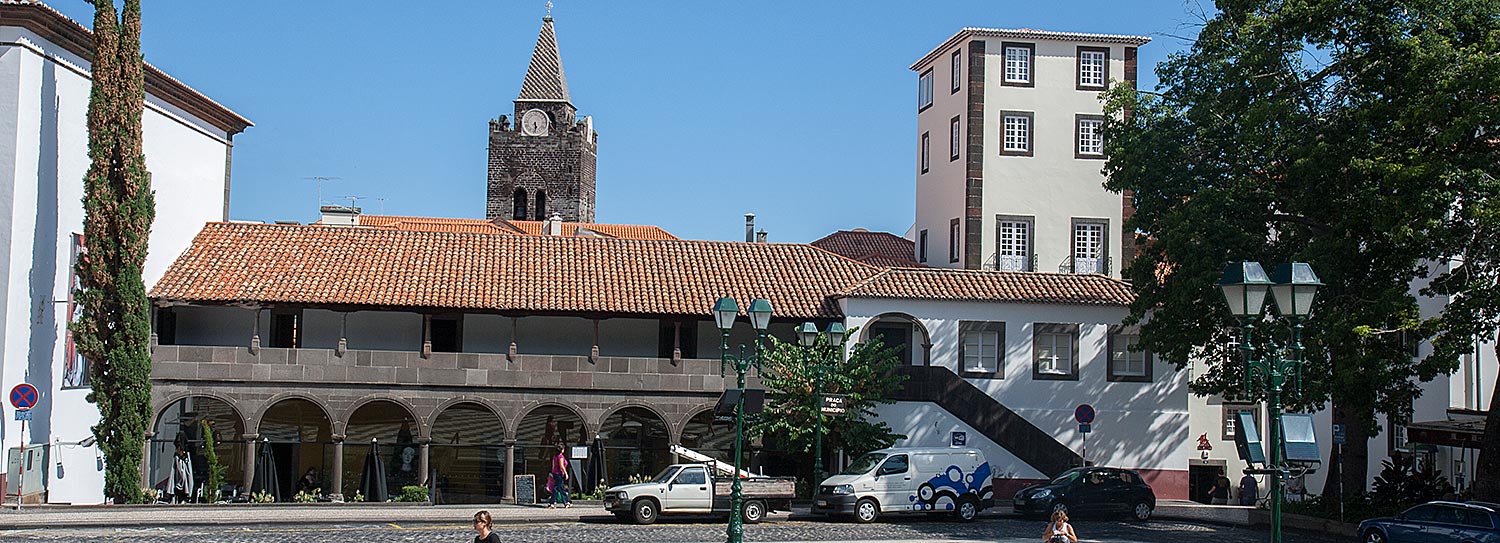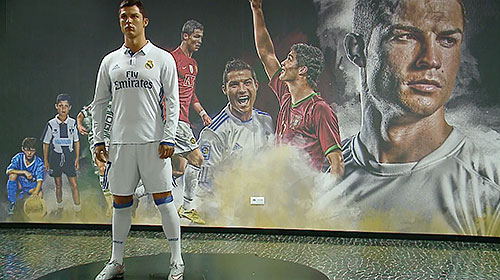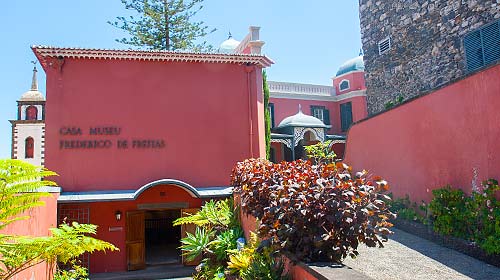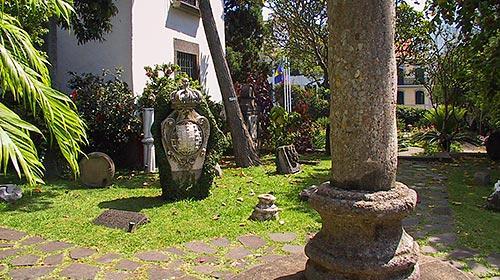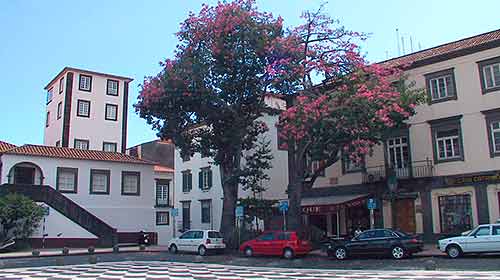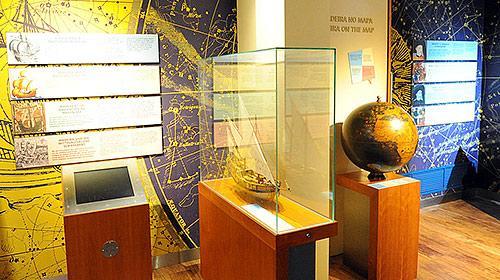When the priests from the Jesus Company arrived on the island, they needed to find a place where they could settle down. After having studied several possibilities, they ended up using the Seminary’s old houses to install their school and diocese there.
From the original palace only remained the mannerist arcade giving to the Largo do Município and the Capela de São Luís de Toulosa that was built between 1600 and 1604. On the 31st of March 1748 a strong earthquake devastated the area and among the most damaged buildings were also the Bishop’s Palace, the Funchal customhouse and almost all the mother churches. The palace was nearly uninhabitable and many of the churches were about to fall into ruins.
Consequently, the bishop and his family moved to the Palácio de São Lourenço and only returned to their palace in 1751 after extensive rebuilding and repairing works had been executed.
The Bishop’s Palace is a majestic building, where you can still find traces of several arches and niches on the ground and on the first floor. The whole area surrounding the palace, where also the old secondary school was situated, was fenced in at the time, and later today’s Largo do Município (Town hall square) was built there.
With the construction of Funchal’s new Secondary School in 1950, the diocese got the old school building back and installed there the Sacred Art Museum, as in the previous years a big campaign for sourcing and restoring the invaluable sacred patrimony of the diocese had been launched and room was needed for the exhibition.
The most remarkable heritage is a collection of Flemish paintings from the end of the 15th and the beginning of the 16th century, where one can identify pieces from several workshops, especially those from Antwerp. Madeira’s sugar exports represented one of the most important economic factors of the Portuguese trading post in Antwerp, which explains the presence of these paintings, as well as some important sculptures, on the island, as they often served as means of payment. Also worth mentioning are some interesting Portuguese paintings, especially the great work of Fernão Gomes relating to the Ascension of the Lord, executed around the end of the 16th century.
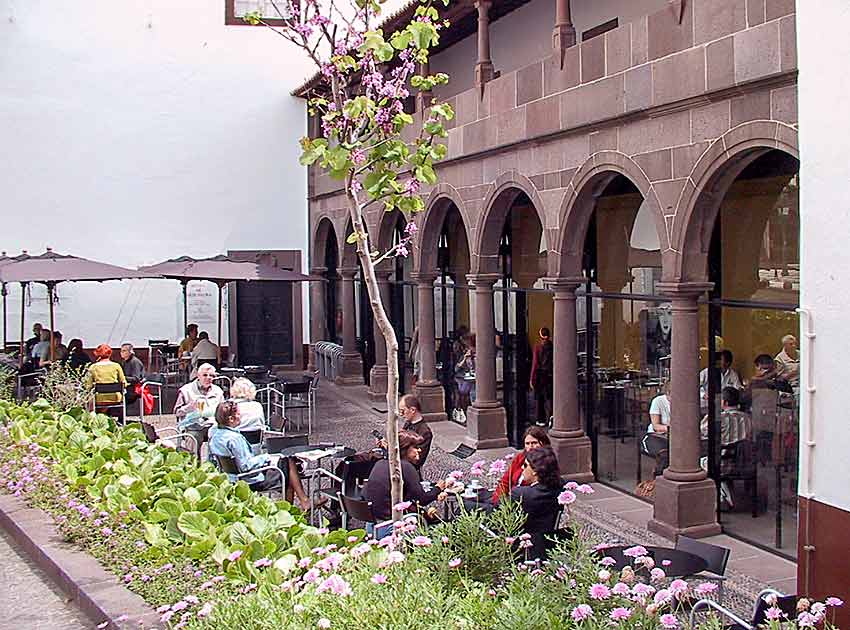
Furthermore you will find here the Treasure of the Sé Cathedral, the highlight of which represents a processional cross, given by King Dom Manuel I, which is considered one of the most remarkable pieces in all Portuguese territory.
Madeira Island also played an important role in the Spanish and Portuguese Atlantic traffic during the 16th and 17th century. That is why Madeira also benefited from the passage of the so-called ‘silver galleons’ from Castile, due to which the local silver workshops were flourishing during the 17th century. That is the background of an important silver collection comprising chalices, processional crosses and other pieces of religious origin, which you will also find in this museum.


 English
English  Português
Português  Deutsch
Deutsch  Español
Español 